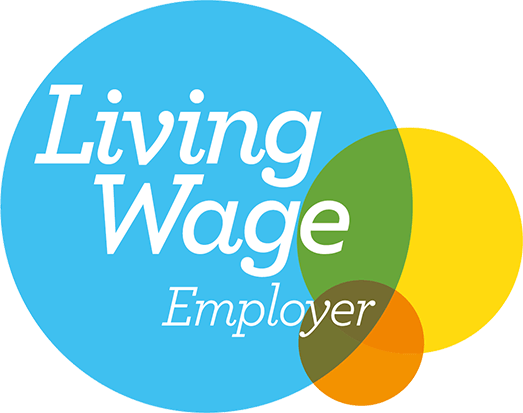News
White Paper Series: Scruton’s legacy – ‘Planning For The Future’ replaces subjectivity with guidelines, so who defines eligibility for beauty fast tracking?
27 August 2020
Fundamentally, the problem with the term beauty is that it causes people to automatically think about aesthetics, when it is also about quality.

At the beginning of the year I wrote about the appointment of Jack Airey as Boris Johnson’s new housing and planning adviser. We knew the appointment meant that the Building Better, Building Beautiful Commission, borne out of Airey’s work at Policy Exchange, was to play a central role in the eagerly awaited White Paper on planning reform. What we didn’t know, was that our hopes for more meat on the bones about what ‘building beautiful’ actually means were still going to be left unanswered when the White Paper finally made an appearance.
Reading the White Paper, I was taken back to the days of frantic essay writing at University and my lecturer constantly reminding us to define our terms, and not expect the reader to infer the correct meaning. As frustrating as it was to have our essays regularly returned with that mantra scrawled across the page, trawling through the White Paper looking for answers I can see why it drove our lecturer so mad. A definition of beauty is distinctly lacking.
But isn’t that the point? Can you define beauty? It is, after all, a term shrouded in subjectivity.
So, what does the White Paper actually say about it?
Well, what we know is that beauty (whatever it means) is to be fast tracked. The authors tell us that ‘better off people experience more beauty than poorer people’. The implication being that ‘cheap’ architecture and lazy planning abounds in those poorer neighbourhoods. Whilst I disagree with the sweeping judgement, the report does have a point. Although I would argue that it is not beauty that is missing in these areas, but place and ambition.
Creating a sense of place can be more readily defined, particularly when developed through a programme of meaningful consultation with all stakeholders, especially the community. Something the design codes, referred to in the White Paper, could potentially address if developed correctly. I guess we will need to wait for the trial programme to see how successful it is.
It is interesting that, when the White Paper does try to add a bit more context to the term beauty, it talks about ‘reflecting local character’. But this in itself is laden with problems. It could easily lead us down the road of pastiche design in an area full of ‘character’. Or, in those areas where poor people experience less beauty, where does the new architecture take its inspiration from?
Fundamentally, the problem with the term beauty is that it causes people to automatically think about aesthetics. Beautiful architecture and place making (another term that causes problems, but we will save that for another day) is also about quality – quality of materials, quality of spaces, quality of living. It is about craftsmanship, in planning and building.
It struck me when looking through the glossy White Paper that the pictures used to represent beauty were of quaint Cotswold villages. Where is the brutalism, or modernism? As it happens, I'm not a huge fan of either, but there are plenty of people who are and debate endlessly about the styles’ contribution to town architecture. But that's the point, beauty is about debate. Now, we know that much of our needed growth must occur out of towns – and that is probably what the White Paper, with its carefully chosen images, is subtly admitting – but there is more to 'beautiful architecture’ than Cotswold stone.
Fundamentally, we can never erase subjectivity from the concept of beauty. So, all those waiting for more meat on the bones would do well to remember that beauty is in the eye of the adviser.
Charlotte Hunter is an Associatte Planning Potential's Communications team. For advice, insight, or to share your views on Charlotte's piece above, get in touch on 020 7357 8000 or [email protected]







